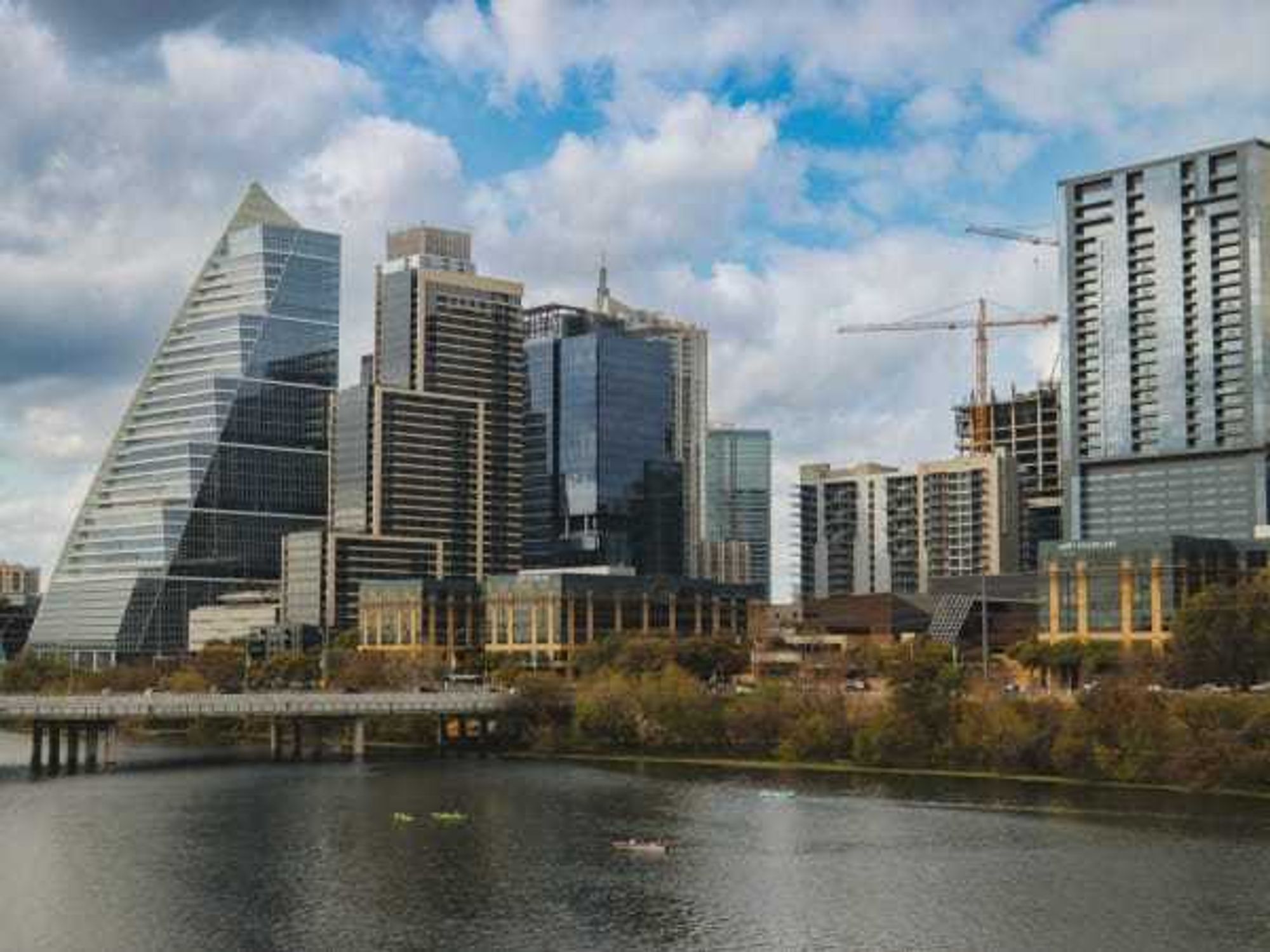Unconventional transformation
Definition of downtown Austin has been dramatically transformed, says UT report

With construction cranes popping up practically every day, what is considered downtown Austin has been dramatically reshaped, says a new study from the University of Texas at Austin.
The nearly 300-page study, led by UT's Center for Sustainable Development with an assist from the McCombs School of Business, was commissioned in December 2017 by the Austin City Council to analyze options for expansion of the Austin Convention Center and the surrounding "district."
The study found that Central Austin is now divided into four “vectors.” At the nexus of these vectors is the Austin Convention Center. Once relegated to the sleepy southeast corner of downtown, the convention center now serves as the intersection of these four vectors, which form a somewhat T-shaped zone stretching west from Shoal Creek (near Austin’s new Central Library) to the Saltillo project in East Austin, and north from UT’s Dell Medical School to an area that’s just south of Lady Bird Lake and bleeds into the Rainey Street district.
“The mapping of the four vectors suggests a significant shift in the intensity of urban development from a historical focus along Congress Avenue to new opportunities along the eastern and western edges of … downtown,” says the study, which “The new focus created by this overlapping phenomenon has the potential to connect sections of the city together into a larger urban network that pinwheels around the convention center site, tying into the city at large,” the study continues.
Allen Shearer, co-director of UT’s Center for Sustainable Development, told the City Council on March 2 that the convention center site either will evolve into a “gateway” stitching together the four vectors or become a “blockage” interrupting the flow of the vectors.
The study also identifies 27 construction projects in various stages of planning, design, construction, or completion within those vectors. All of these projects are in pockets of Central Austin that are in or adjacent to the downtown core. The 27 “emerging” projects cited in the study include hotels, office high-rises, and condo developments.
“With ongoing development migrating towards the edges of downtown, what was once the edge is now the center of a set of rapidly developing urban districts,” the study notes. “The Austin Convention Center now is located at a critical juncture in the city, one that impacts the city on every side of the building.”
Dean Almy, director of UT’s urban design graduate program, told the City Council that when the convention center opened in 1992, it was designed to be at the edge of the city, rather than in the bull’s eye. But now, he said, the convention center sits in the middle of numerous major developments that are and will be happening over the next 10 to 20 years.
Since researchers wrapped up their study, even more projects have surfaced across the four vectors, Almy said.
“So, this is a moving target, but we believe that these … four vectors are the principal areas where development is likely to happen in the projected, foreseeable future,” he said.
The potential expansion of the convention center — the point of the study — fits into what Austin Mayor Steve Adler calls the “Downtown Puzzle,” a package of projects intended to address various problems plaguing Central Austin. Part of Adler's plan includes increasing taxes on area hotels to help fund homeless support programs and cultural initiatives, while also growing the convention center.
